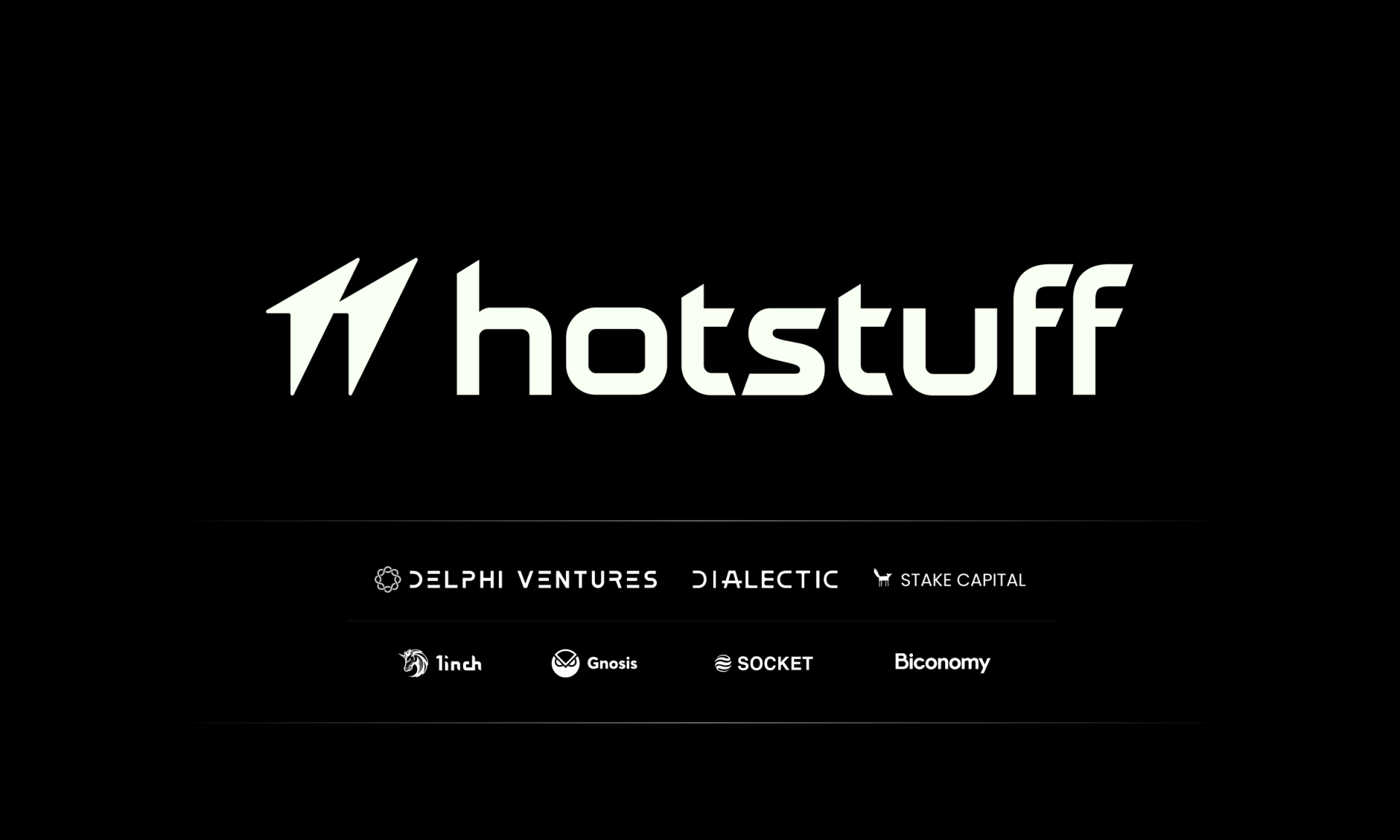In the world of cryptocurrencies, mnemonics play a crucial role in ensuring the security and accessibility of crypto wallets. But what exactly are mnemonics and how do they work?
What is Understanding Mnemonics?
Mnemonics, in general, are memory aids that employ songs, abbreviations, and rhymes to assist in retaining information. In the context of cryptocurrencies, mnemonics refer to a series of words generated during the establishment of a new cryptocurrency wallet.
The purpose of mnemonics in this particular context is to ensure that even if the password is lost or forgotten, crypto wallets can still be accessed. Retrieving the details of decentralized and secure cryptocurrency wallets can be exceedingly difficult without mnemonics.
There are two commonly used types of mnemonics in cryptocurrencies: mnemonic phrases and mnemonic passphrases.
What are mnemonic phrases?
A mnemonic phrase, also known as a seed key, mnemonic seed, or recovery seed, is a collection of words usually consisting of 12, 18, or 24 words. When creating a new crypto wallet, users are advised to record these words on paper or store them in a secure location.
Why is this practice important? By recording the mnemonic phrase, users ensure that they do not get locked out of their crypto wallets in case the password is forgotten or the wallet gets corrupted. It serves as a backup that can be used to recover access to the wallet.
Using a mnemonic phrase offers several advantages. Firstly, it enhances the security of the crypto wallet by providing a reliable backup. If the wallet’s files get lost or corrupted, the mnemonic phrase can be used to restore the wallet and its funds.
Secondly, mnemonic phrases facilitate easier storage. Instead of relying on complex password managers or hardware devices, users can simply write down the mnemonic phrase on a piece of paper and store it in a secure location, such as a safe or a lockbox.
Here’s an example of a mnemonic phrase: “dog apple cat hello ice cream orange banana tiger elephant sun.”
What are Mnemonic Passphrases?
Mnemonic passphrases, also known as mnemonic extensions or seed extensions, provide an additional layer of security for crypto wallets. They function as a form of two-factor authentication.
When creating a mnemonic passphrase, users combine their initial mnemonic phrase with an additional word or phrase that only they know. This extra layer of authentication makes it even more difficult for unauthorized individuals to gain access to the wallet.
For example, let’s say the initial mnemonic phrase is “dog apple cat hello ice cream orange banana tiger elephant sun.” To create a mnemonic passphrase, the user might add their favorite color to the end, resulting in “dog apple cat hello ice cream orange banana tiger elephant sun blue.”
Using mnemonic passphrases adds another level of complexity to accessing a crypto wallet, making it significantly harder for potential hackers to break into the wallet.
It’s important to note that mnemonics should always be kept private and stored securely. If someone gains access to your mnemonic phrase or passphrase, they can potentially access and steal your crypto assets.
What is the conclusion?
Mnemonics, in the context of cryptocurrencies, are essential for ensuring the security and accessibility of crypto wallets. Mnemonic phrases serve as a reliable backup in case the password is forgotten or the wallet gets corrupted, while mnemonic passphrases provide an extra layer of two-factor authentication.
By understanding and utilizing mnemonics correctly, users can safeguard their crypto assets and ensure that they can always access their funds, even in the event of unforeseen circumstances.














